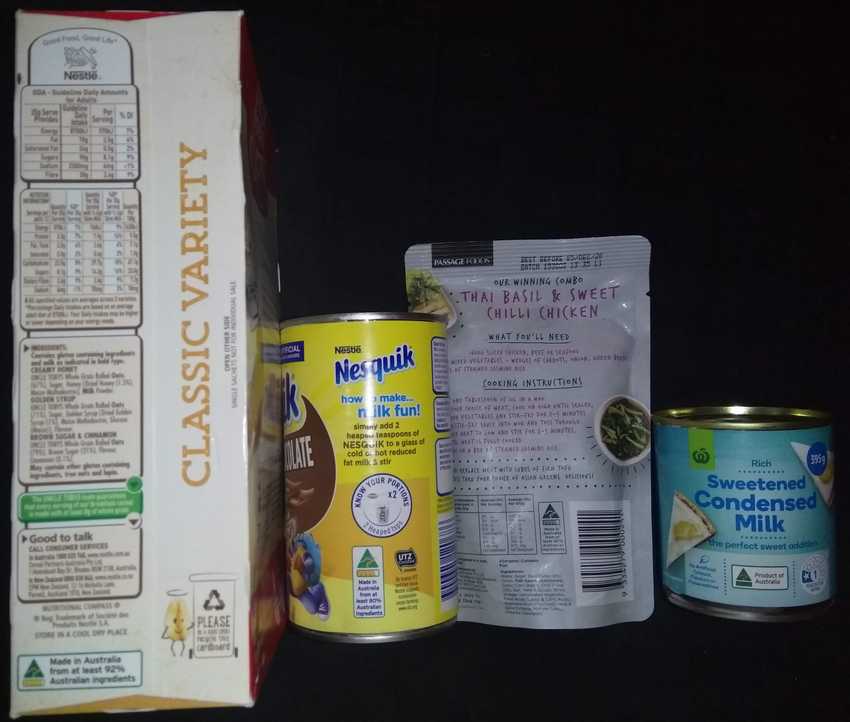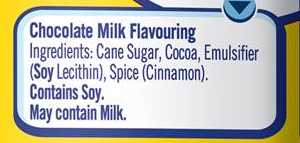Original published April 2020 minor revisions August 2024
Sugar is one of the foods we’re particularly concerned about here at Just Kai. Forced labour and/or child labour is used in many of the countries that export sugar, including Brazil, the world’s largest exporter. In addition, many of the wealthy sugar-growing countries, including the EU and the US, artificially subsidise their sugar industries. This drives down prices for poorer farmers elsewhere, leading to cost-cutting practises like child labour, forced labour and unsafe working conditions.
One way to avoid supporting this is to look for any of the following three certification marks when you buy either actual sugar, or sugary products like ice cream.

Read more about WFTO, Bonsucro and Fairtrade (and what products use these certifications) in our sugar guide.
Another way is to look for Australian sugar. The Australian sugar industry isn’t completely without ethical issues (especially historically), but working conditions are basically safe and child and forced labour is unknown. In addition, unlike the US and the EU, the Australian sugar industry isn’t protected by either subsidies or tarifs, so it isn’t artificially contributing to the problem of low prices elsewhere.

How do you identify Australian sugar?
Australia runs a ’Product of Australia’ scheme, with a range of related logos:

If you see a sugary product marked with the logo and the first set of words “Product of Australia”, you know that all the ingredients in it (including the sugar) were fully grown and processed in Australia. At this stage (January 2023) we do not know of any products sold here with this label, but if you find one you can buy it with confidence. And, if you do, please let us know!
The second variant, with the words “Grown in Australia”, is used for things where all the ingredients were grown in Australia. You’re unlikely to see this on sugary products (as they include ingredients that aren’t grown, as such) but may see it on actual sugar. Again, we don’t know of anything currently using this version.
The third one is the one you’ll see most commonly. It has the words “Made in Australia from at least x% Australian ingredients”. Nesquik chocolate milk powder, for example, is labelled as being made from at least 80% Australian ingredients:

This can be harder to interpret. You want a product made with Australian sugar, but it’s telling you the percentage of ingredients that come from Australia, not which particular ingredients are from there.
However, as you likely know, the ingredients in the product are listed in order from the one that there’s the most of to the one that there’s the least of. So, if sugar is one of the first few ingredients on the list, it’s percentage will be quite high. And, if the percentage of Australian ingredients is high, at least the first ingredient and likely the next few are Australian. When it comes to Nesquik powder, sugar is the very first ingredient, so we can safely conclude it’s Australian. There’s no other way 80% of the ingredients could possibly be Australian.

Sometimes you’ll see a product that’s only 60% Australian ingredients; we’ve even seen one that was only 10%. For things like that (or things where sugar is only a minor ingredient), you can’t really be confident where the sugar comes from. But when the percentage is high and sugar is a major ingredient, it’s safe to assume the sugar is from Australia.
In addition, some products use Australian sugar but don’t use the logo. These can only be identified by consulting company websites or by correspondence.
What products use Australian sugar?
It seems Australian sugar is used really widely! Below is a list of products we’ve seen. If you see more, please contact us and we’ll update the list!
Woolworths own brand jelly crystals, waffle ice cream cones, apple pie, scotch fingers, buttermilk pancake mix crown mints and golden syrup.
Nesquik cereals and powders
Milo cereals, protein clusters, powders and ready-to-drink products
Uncle Tobys quick oat sachets
Passage Foods sauces
Note that, to our knowledge, none of these products have made any commitment to always use Australian sugar. Please always check the certification mark to make sure they’re still displaying a high percentage. When we first looked at ‘Made in Australia’ labels, it was clear Kelloggs were using Australian sugar. When we recently bought a new box of cereal, we noticed this had changed - the percentage was much lower than it used to be and it seemed unlikely the sugar was still Australian. So please do check every time!
Australian sugar is also used by the following brands that do not display the ‘made in Australia’ or ‘product of Australia’ logos:
The entire Coca cola product range (this includes the soft drinks you might think of - coke, lift, fanta etc. - as well as powerade, LIVE+, Monster energy drinks, Nutriboost milk and many more). From correspondence, we have learned these are made with Smartcane BMP sugar, which is all Australian grown and processed and also meets various environmental standards.
Arnotts biscuits (a huge range, including Timtams, chocolate wheatens, the Farmbake range, Hundreds and Thousands, Gingernuts and Scotch Fingers). Their website states that they buy sugar from Queensland; we have confirmed with them that all biscuits sold in New Zealand are manufactured with Australian-grown sugar.
Bickfords drinks. In Australia they have a wider range, but in New Zealand they sell cordials, iced coffee syrups and flavoured non-dairy milks.
Royalty icing (white and almond ready-made icing). They don’t have a website, so we’ve put a picture of the boxes below.
